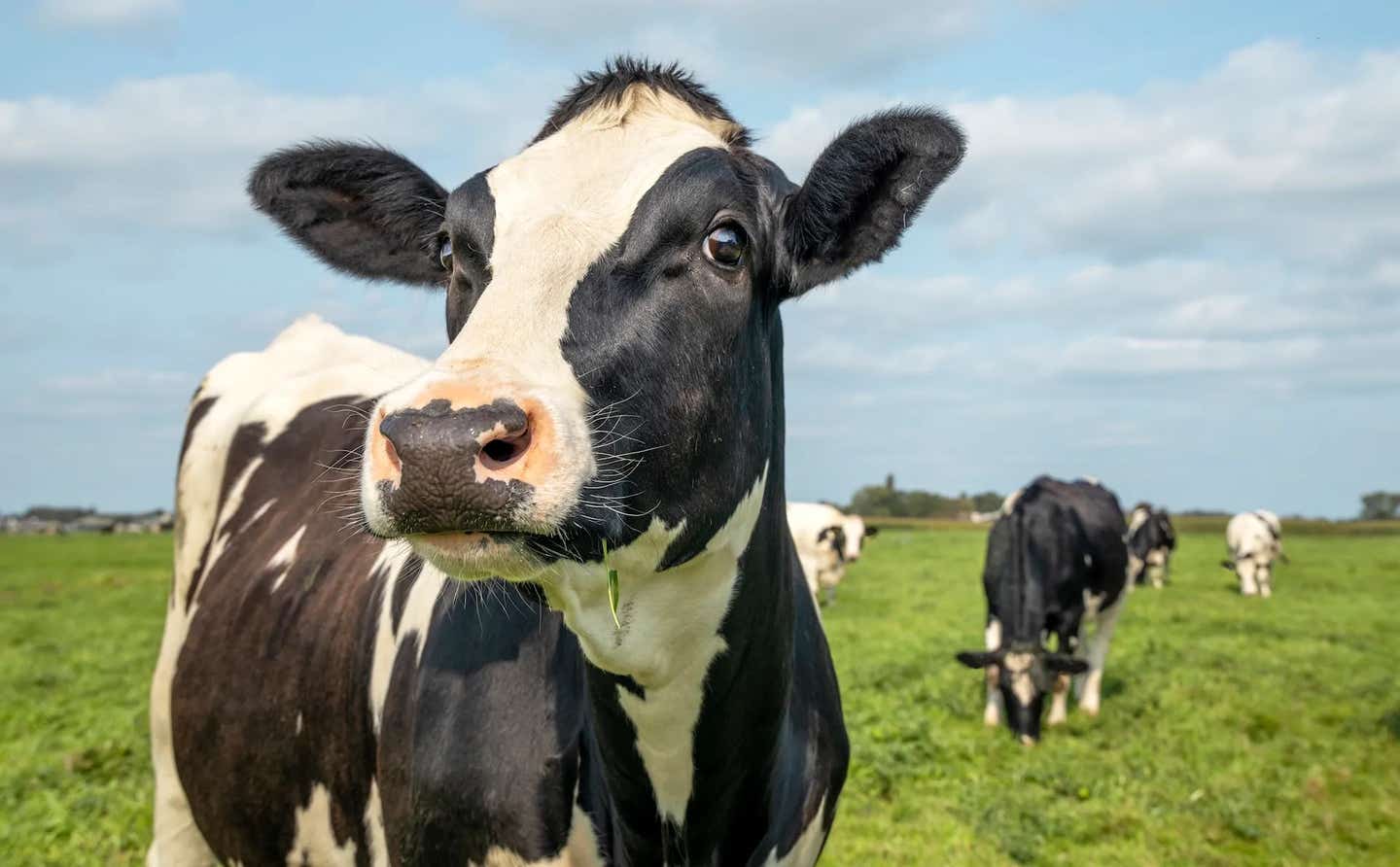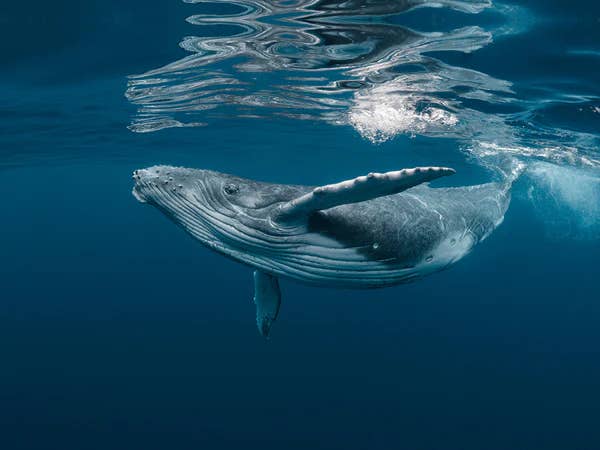New flaxseed feed helps reduce methane in cow burps
A new flaxseed and pea protein feed helps cows release less methane and use nutrients better, making dairy farming more sustainable.

Efficient milk production may not need to be at the planet’s expense. (CREDIT: iStock)
Researchers are exploring a new way to feed dairy cows that could help cut down on methane emissions while improving digestion. The new feed supplement, made from flaxseed and pea protein, may offer a promising step forward in making dairy farming more sustainable and productive.
Cows release methane—a powerful greenhouse gas—mainly through burping. While this might sound amusing, the climate impact is serious. Methane traps far more heat in the atmosphere than carbon dioxide. Reducing it could make a major difference in agriculture’s environmental footprint.
Antonio Faciola, a professor at the University of Florida, says, “It’s a win-win situation. Every time we reduce methane, we keep that energy in the cow’s body.” That extra energy, he adds, could go toward producing more milk.
Rethinking How Cows Digest Food
To test the new feed, scientists designed two lab experiments that mimicked how cows digest food. In the first experiment, they measured the gas and liquid produced when a standard feed mix was combined with different amounts of the flax-pea supplement.
The feed, called LinPRO-R (or LIN), contains about 21% fat, 24% protein, and 10% omega-3 fatty acids, based on dry matter. Researchers added LIN in amounts of 0%, 2.5%, 5%, and 7.5% to replace some dried distillers grains and calcium salts of long-chain fatty acids. This kept protein and fat levels in the diet stable.
They then incubated the feed in rumen fluid—similar to the fluid found in a cow’s stomach—for either 24 or 48 hours. By measuring gas pressure at different time points, they tracked total gas and methane levels. The results were promising. As more LIN was added, both total gas and methane per gram of organic matter dropped.
Related Stories
At the same time, lactate levels and organic matter breakdown increased. However, the types of fatty acids that cows produce when digesting food—called volatile fatty acids (VFAs)—didn’t change much in this part of the study.
A Deeper Look at Fermentation
In a second experiment, scientists tested how the supplement affected digestion over a longer period. Using special lab fermenters, they ran four 10-day periods, with each treatment tested on eight separate units.
Every morning and evening, they fed 53 grams of dry matter containing one of the LIN levels. After a week of adaptation, they collected samples over three days to measure VFAs, lactate, and how well nutrients were broken down.
This part of the study revealed that as LIN levels rose, the proportions of two specific VFAs—butyrate and isobutyrate—fell. These fatty acids often show up during normal fermentation. At the same time, the digestibility of fiber, measured as neutral detergent fiber (NDF), improved. That’s good news, because better fiber digestion means cows can pull more nutrients from the same feed.
There were no major differences in total VFAs, lactate, or the breakdown of dry matter, organic matter, or protein. This suggests that the supplement didn’t negatively affect overall fermentation, even as it shifted the profile of fatty acids and lowered methane.
Improving Efficiency Without Compromise
Lead researcher Faciola sees big potential in these results. The key idea is this: reducing methane means cows waste less energy during digestion. That energy can instead be used for making milk or growing tissue.
“This supplement has multiple potential benefits,” Faciola said. “Not only could it reduce methane emissions, but it might also increase energy availability for cows, potentially leading to increased milk production.”
James Vinyard, a research assistant professor who helped lead the study, played a major role in testing the feed in the lab. He simulated the fermentation process to measure how it changed with the addition of LIN.
What stood out was that methane fell while nutrient use stayed steady or improved. Omega-3 fatty acids in the supplement may have played a role. These healthy fats, often praised in human diets, also support better fermentation in cattle.
Looking Ahead to Real-World Use
The next step will be testing the flax-pea supplement in actual cows. Researchers want to see if what worked in the lab will match up in the barn. Cows digest food in complex ways, and real-world results may vary.
Still, the lab findings are a strong early sign. If future tests go well, dairy farmers may have a new tool to produce milk in a more eco-friendly and cost-effective way.
This is especially important as global food demands grow. By 2050, the world may need to feed nearly 10 billion people. That means raising more food using fewer resources. “We will need to have cows producing more milk with the same amount of food,” Faciola said. “We have to be more efficient to feed more people.”
With fewer methane emissions and better nutrient use, the flax-pea supplement could help farmers meet both climate and production goals. A feed that helps the planet and the farm? That’s a solution worth chewing on.
Reducing Methane, One Feed at a Time
This study sheds light on how changing a cow’s diet—even just a little—can make a big difference. Instead of using costly technology or complex methods, researchers are looking at what cows already do best: eat and digest.
By tweaking their feed, scientists are helping cows keep more energy and release less methane. That could lead to healthier cows, cleaner air, and more milk from the same amount of feed. And in a world that needs to produce more food without causing more harm, that’s a big step forward.
Research findings are available online in the Journal of Dairy Science.
Note: The article above provided above by The Brighter Side of News.
Like these kind of feel good stories? Get The Brighter Side of News' newsletter.



